Drops on a Penny
You might think that you can’t fit many drops of water on the surface of a penny. Pennies are just so small! In the Drops […]
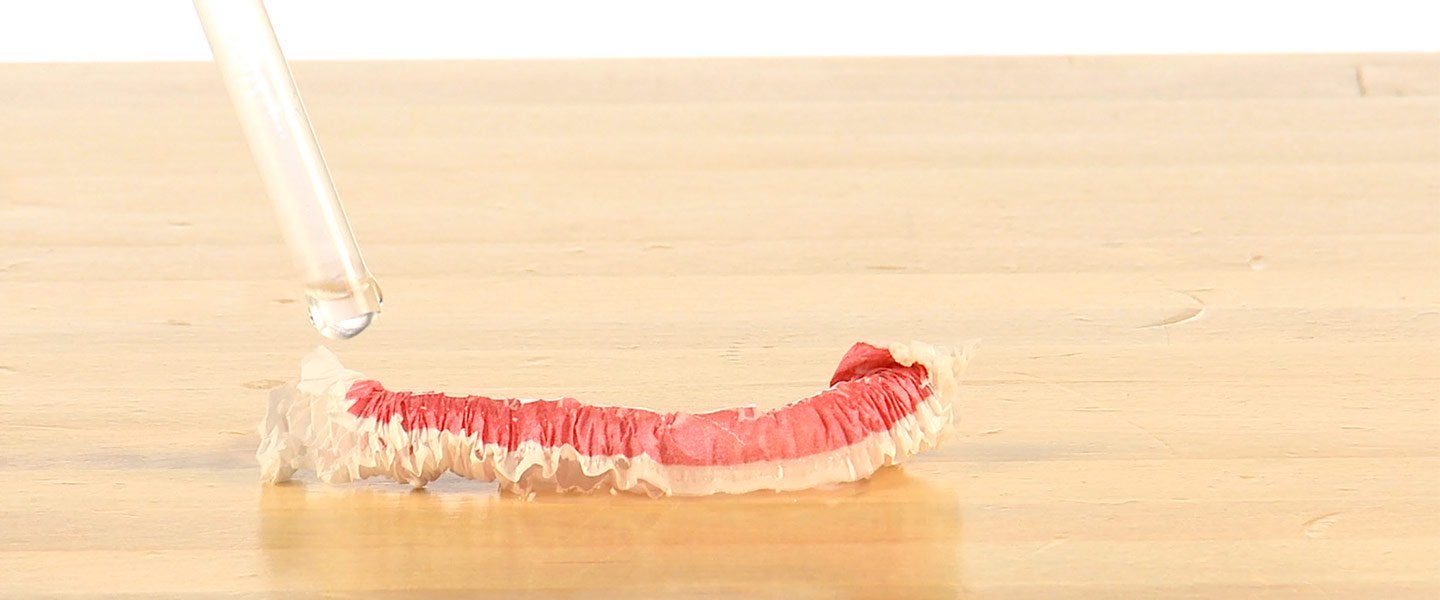
Sometimes it’s just fun to be a little silly. Let’s be honest, worms are cool to look at in the garden, but probably not at your dinner table! You can bet you’ll get some strange looks from your dinner guests the next time you eat out and mention that there are worms on your table. Did you know you can perform an awesome hands-on science with the straw’s wrapper? It’s true. With the Wrapper Worm, we’ll reveal how to turn an ordinary straw wrapper into a growing worm right at the dinner table!
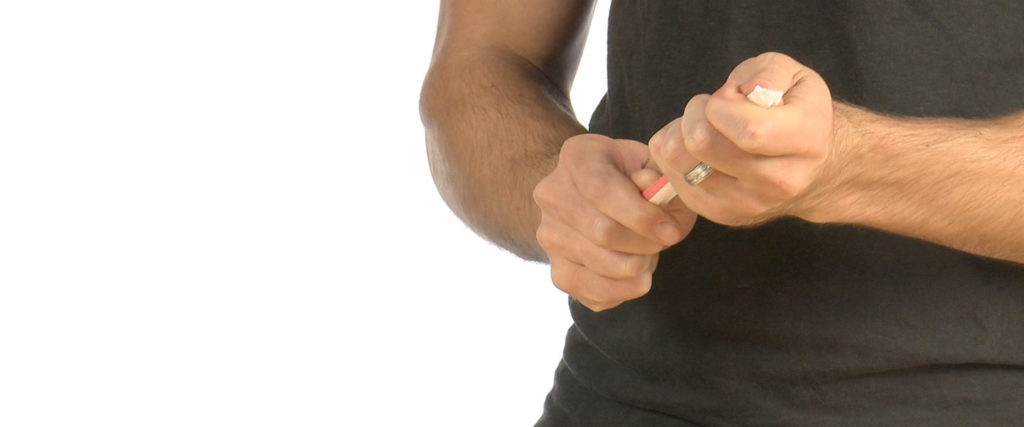
The hardest part of this activity may be getting the paper off of the straw correctly so you can use it as a worm. Hold the straw upright with one end on the table. Pinch the paper wrapper firmly at the top of the straw and slide the paper straight down to the bottom of the straw. You want the paper packed together on the table at the bottom of the straw.
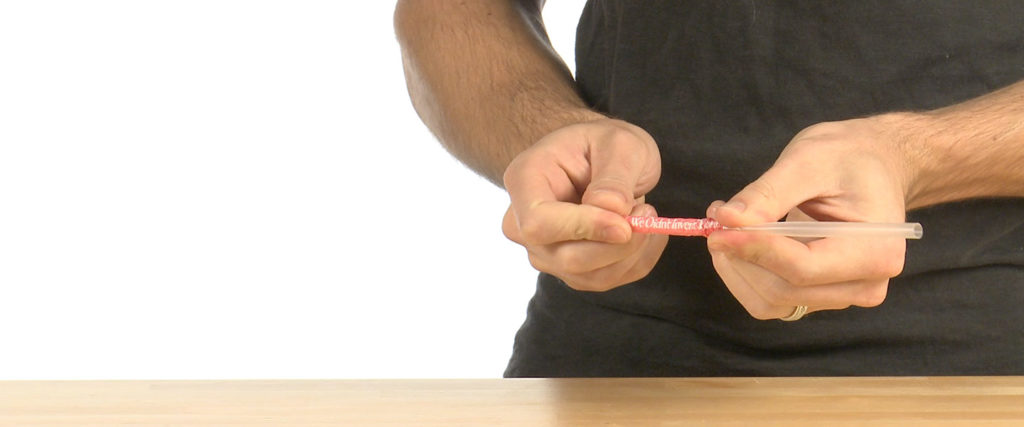
Slide the “worm” (the crumpled paper) off the end of the straw and place it on the table.
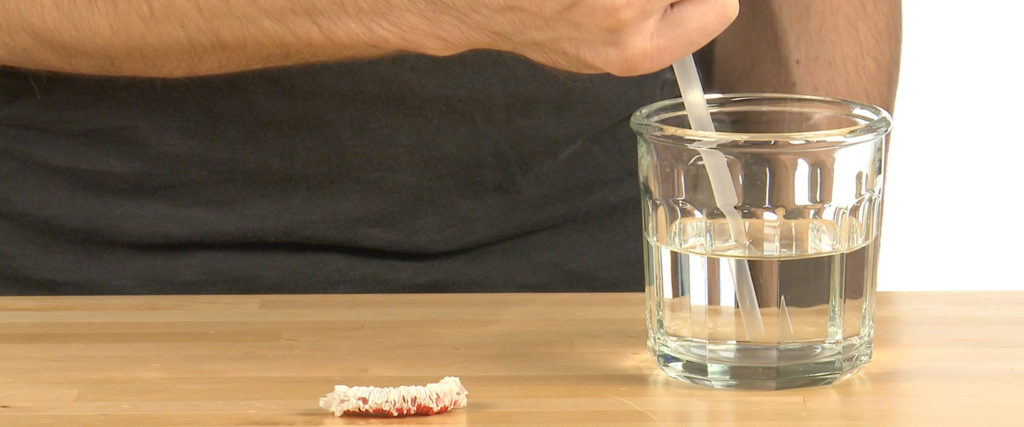
Stick one end of the now paperless straw into a glass of water and put your thumb over the open end trapping some water inside. Lift the straw and hold it over the wrinkled, sad-looking paper worm. Lift your thumb slightly to release just a few drops of water and quickly seal the straw again.
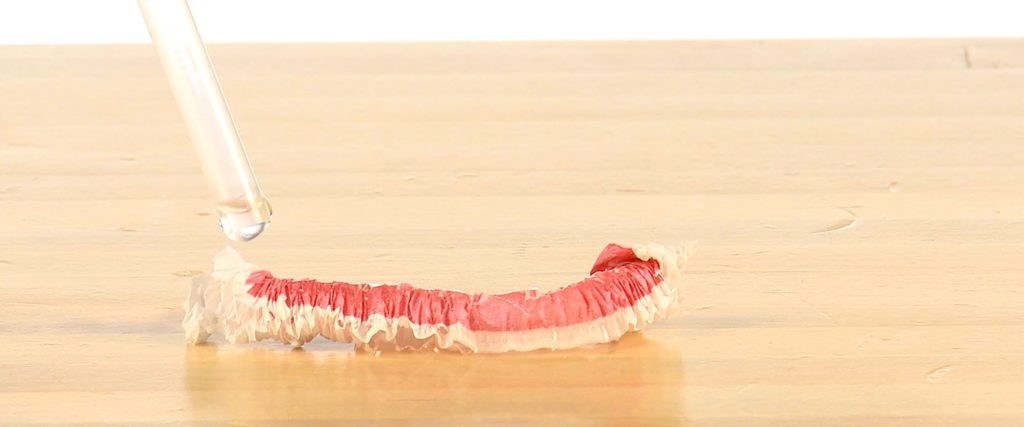
Watch the paper worm squirm and grow right on the table. Keep dripping a little water onto the length of the worm until it stops growing and moving. The best part is the reaction of those with you at the table… and it’s only paper.
Your paper worm wriggles and grows because of cohesion [koe hee zhun] and adhesion [ad hee zhun ]. Cohesion is the attraction between similar molecules and adhesion is the attraction between different molecules. The quick movement of water molecules (cohesion) through the microscopic (really tiny) fibers and spaces in the paper is called capillary action. As the paper absorbs the water (by adhesion), the squished-up “worm” returns to its original stretched-out shape. Water is pulled into the bent and twisted paper fibers and then straightens and relaxes them as it moves along.
Do you think the temperature of the water used might change the worm’s movements? Try it and talk with your adult science helper what you observed.